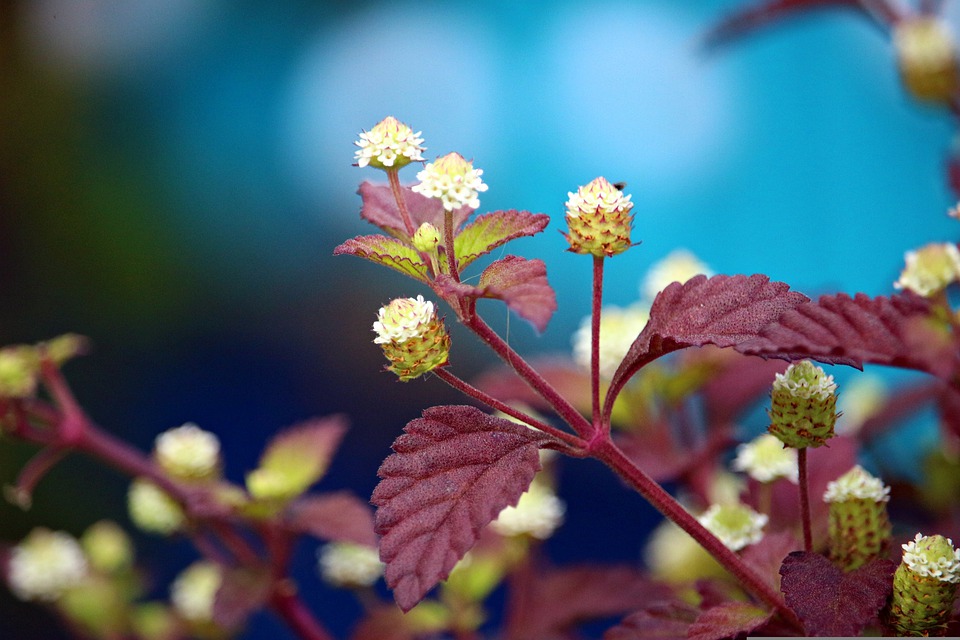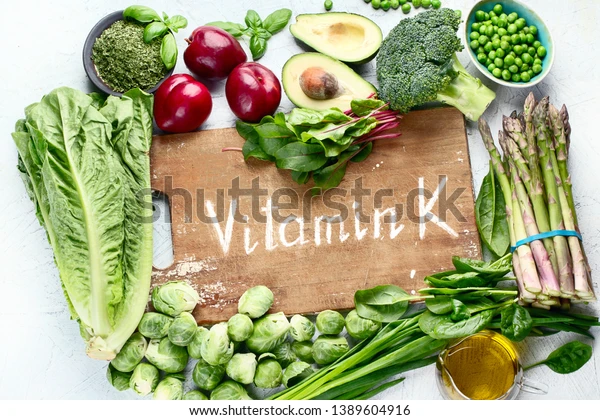Introduction:
Tibetan medicines, especially the herbal medicines, are one of the oldest and also one of the most effective medicines in the world. The Tibetan medicines are so ancient that they almost trace back to the advent of the Tibetan civilization.
The entire knowledge of Tibetan medicines has been based on the heritage book of Tibet namely the Four Tantras or the ‘rGyud-bZhi’.
Ophiocordyceps Sinensis
Ophiocordyceps sinensis is a special type of fungus of parasites or even caterpillars that is used as an extremely popular medicine in Tibet. This medicinal herb is formed when the fungus attacks the caterpillars of the moths. As a result it looks like dead caterpillars-dried and yellow in color. In the spring time, these fungi mummify the caterpillars and as a result a juicy herb is produced that acts as the medicine. It is handpicked and further dried for the medicinal purpose.
It has various benefits it provides. The consumption of this herb promotes a good health. It has the capability to slow down the ageing process and also strengthens the cardiovascular and respiratory system. It provides strength to the body, and improves blood circulation and keeps the blood pressure normal. It is also known to remove blood clots and decreases cholesterol. It has a remarkable quality of providing strength and convalescence to an ill body and healing a wound faster. It is also very good for illnesses like Yellow Fever, Bronchitis, Kidney diseases, asthma and others.
2. Rhodiola
This medicine, also known as Rhodiola rosea or the rose root is very popular in Tibet. It is a type of flowering plant with bright yellow flowers, growing at the mountainous cold regions like the arctic regions and in the hills of Tibet. This flowering plant is used as a traditional herbal medicine in the region of Tibet. It constitutes of a fleshy stem and a short scaly root. It is this root that has the medicinal value in Tibetan pharmaceuticals.
It is widely used for the acquisition of the respite from anxiety. Also it combats altitude sickness and several other types of discomfort related to high altitude. It provides energy and revival to the body also, especially in the altitude where you are in dire need of them. It combats insomnia also and has an intoxicating effect on lungs and hearts. But its chief function is to calm the distressed adrenaline system of a person. The medicine is usually consumed by mixing it in an herbal tea
3. Snow Lotus
Snow lotus, like Rhodiola, is another perennial herb growing in the cold hilly regions of Asia, North America and Europe. It consists of dense flowers with thistle like appearance. The dense white and woolly hairs around the flowers make them appear snowy because of which the name has been given as snow lotus. Nonetheless, this small herb, having an average height of 5 to 10 cm, is used as one of the most important medicines in Tibet. The root of this herb is considered to be the most beneficial of all.
They are used during the time of indigestion, fever and headaches. They are extremely beneficial for hair falls and premature graying of hair. Also they are used to combat epilepsy, pleurisy, bronchitis and common cold. They also cure herpes and help in dental problems and urinary problems. It normalizes blood pressure and helps in the proper circulation of blood. Also it combats colic pain, cholera and skin diseases. Thus it also helps in rejuvenating the body and helps in keeping them clean from inside. It also acts as an appetizer and increases the hunger.
4. Ginseng
Ginseng is also a small perennial herb growing in the mountainous regions of Asia and Europe. These plants are characterized by their fleshy roots that are mainly used for the medicinal purpose.
It acts as an energy provider and rejuvenates the body. Not only that, it helps in maintaining the blood pressure and thereby removes stress and tension. It is known to be a great curative agent for diabetes and even prevents cancers. It also cures flu and Respiratory syncitial virus.
5. Saffron
Like the above small herbal plants, saffron is also a perennial plant, abundant in hilly areas. The plant produces a beautiful and bright purple flower, having vivid stigmas. These stigmas are dried and used in various purposes like as spices, medicines and as beauty products
Saffron is widely used for skin and hair problems. It is a remarkable medicine for alopecia. Women also use saffron to get relief from their menstrual cramps and PMS or pre-menstrual syndrome. It is a good curative agent for premature ejaculation and infertility for men. Other than these, it is remarkable for whooping cough, asthma, insomnia, gastritis, Alzheimer, dry skin and several heart problems.
6. Musk
Musk is another Tibetan medicine, derived from the species of deer. These are a kind of perfuming material obtained from the glandular secretion of the deer, especially the males. However, quite intellectually the Tibetans have invented several medicinal values of the substance.
Musk is extremely beneficial for brain and liver diseases. The strong scent is also used to help a man gain consciousness after fainting. Moreover it is also used to cure kidney dysfunction. There is also a belief that musk is extremely good for curing cancers.
7. Coreopsis Grandiflora
The famous Coreopsis grandiflora belongs to the family of sunflowers and is another perennial plant or herb. It consists of small yellow flowers and pointed leaves, but however the seeds of these herbs are extremely important. It is also known as tickseed and has remarkable medicinal qualities.
The main importance of this herbal plant is its remarkable stabilization effect upon the nervous system. They help in the sedating the excited nervous system. Also they help in the proper blood circulation and health of the nerve. Another importance of the herb is its enhancing of the metabolism of the body, thereby keeping it healthy and rejuvenated.
8. Lingzhi Mushroom
The famous Lingzhi mushroom is also known as the reishi mushroom. It is a species that contains a complex amalgamation of several mushrooms. These fungi are solely used for medicinal purposes especially in the Chinese traditions.
They enhance the immunity of human body. Not only that they also help in the prevention of cancer and combating the ageing problems. It also acts as the flushing agent of the several intoxicating materials within our body.
Conclusion:
Tibetan medicine, one of the China’s traditional medical systems, has been widely used by the Tibetan people for the prevention and treatment of several; diseases for hundreds of years.



